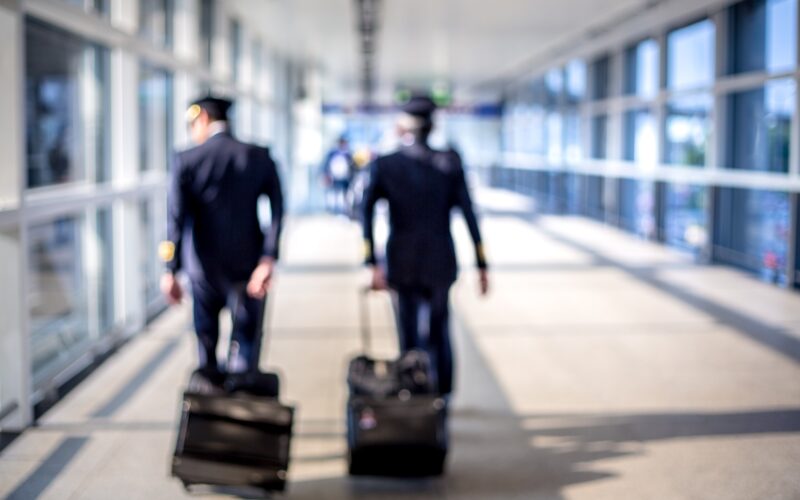The European Cockpit Association (ECA), a representative body for pilots, shared a report highlighting fatigue-related risks in the European aviation system and warning of safety management deficiencies.
The report, which surveyed almost 6,900 European pilots from 31 countries, was done on behalf of the ECA by the aviation safety management consultancy Baines Simmons and published on August 28, 2023. During the survey period between July 1 and July 22, 2023, Baines Simmons asked the pilots various questions about fatigue and fatigue-related safety factors. The number of respondents was higher than the ECA initially expected.
According to the ECA, “the report shows that fatigue was building up in the cockpits already ahead of the summer peak season,” with three out of four pilots experiencing at least “one microsleep” while flying an aircraft in the past four weeks. Meanwhile, one quarter reported five or more microsleeps during their active duties.
“Furthermore, 72.9% of pilots reported having insufficient rest to allow them to recover from fatigue between duties,” the ECA continued.
According to the representative body, despite many surveyed pilots reporting insufficient rest periods, nearly one in five pilots used “Commander’s Discretion (CD) to extend flight duties twice or more within the past four weeks”. Worryingly, more than 60% of pilots surveyed were concerned about the negative consequences if they refused to extend their flight duty times.
“These are worrying signs and clear indications that fatigue safety risks are not well managed in many European airlines,” Otjan de Bruijn, the president of ECA, said, adding that the report is “concerning”.
The president of ECA also highlighted that pilots were surveyed at the beginning of the peak of summer operations in July 2023, which means that “fatigue levels in August can have gone only one way – upwards”.
Another worrying trend that de Bruijn noticed was a structural problem within the European aviation system, with airlines not dealing with fatigue-related safety risks effectively.
The report’s data “demonstrated that there are challenges and inadequacies in the fatigue risk management arrangements of operators across all countries represented, and gaps in the oversight provided by regulators,” de Bruijn added.
Looking at the report, 53.2% of pilots surveyed reported that “fatigue risk was either ‘mostly not well managed’ or ‘not well managed’ within their airline”.
“The UK (72.0%), Malta (66.5%), Spain (63.1%), and Ireland (61.7%) were the counties where the highest proportion of crew indicated [Fatigue Risk Management (FRM)] was mostly not or not well managed,” the report continued.
The ECA also highlighted that “only 10.8% of the pilots responded that fatigue reports have led their airline to make operational changes to improve safety”, while only 13.2% said that their employers communicate “well with the crew about fatigue reports”.
Lastly, the representative body said, “a mere 12% stated they trust their airline’s reporting system”.
“We hope that [the European Union Aviation Safety Agency (EASA)] and national authorities across Europe will take a careful look at the report and take the necessary action to ensure that airlines provide effective fatigue reporting systems and manage properly their fatigue related safety risks,” Philip von Schöppenthau, the secretary general of ECA, concluded.

